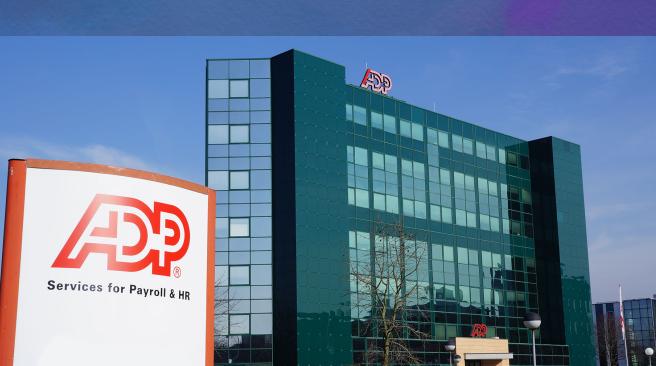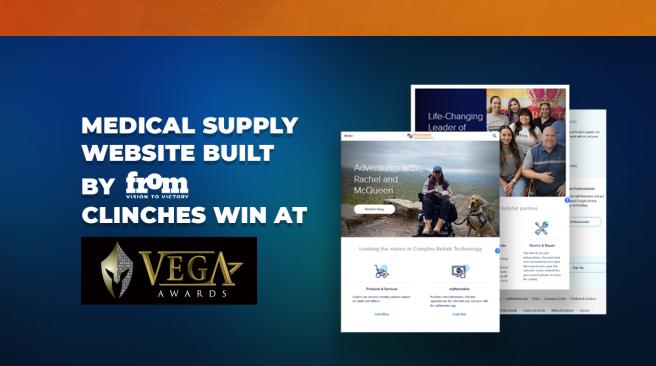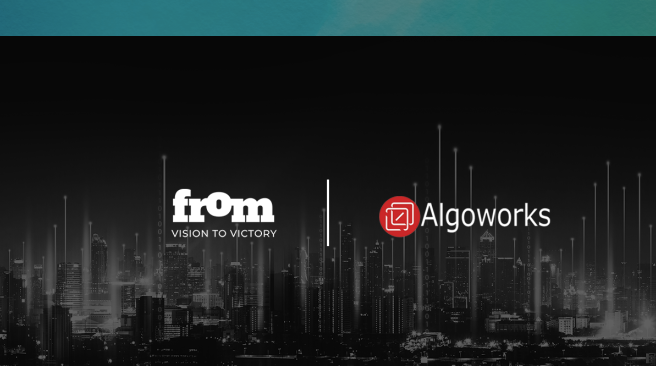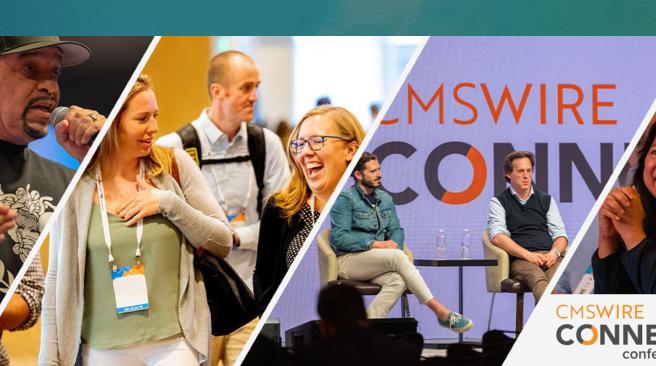Insights | By Howard Tiersky
Find the Gaps in Your User Experience
Customer expectations for our digital experiences have never been higher.
As digital executives, it’s critical that we excel at identifying and addressing gaps that may exist in our digital user experience. At FROM we have worked with dozens of major brands to investigate the details of their digital journey and offer tweaks and refinements that lead to substantial improvements in both customer satisfaction and business results.
One thing we have recognized over the years, however, is that there are three different types of gaps that occur in digital experience. We have articulated them in the following model:
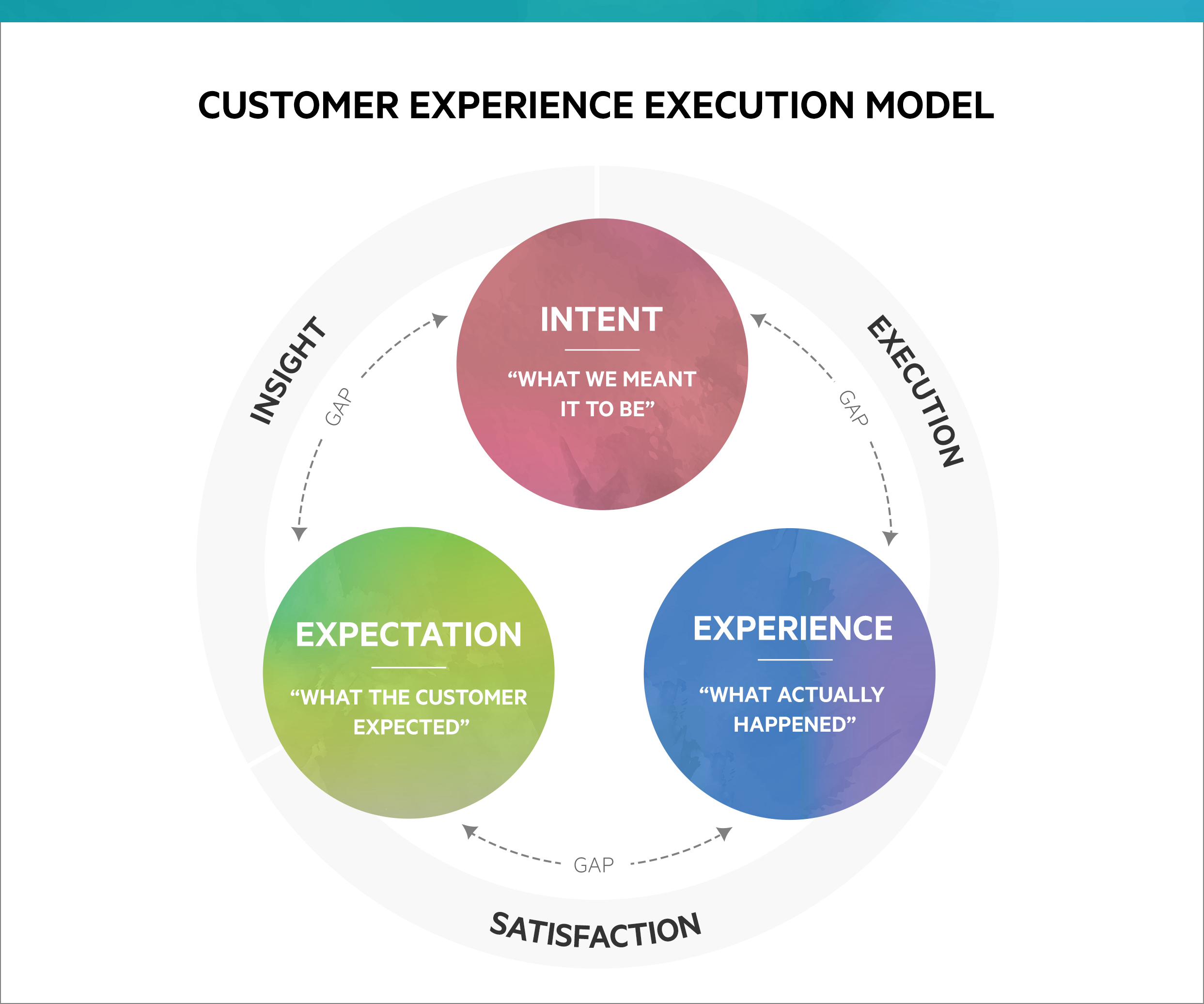
The model first defines three different realities:
- The user experience we intended to create in our digital touchpoints
- The actual experience our customers are having
- What our customers or prospects are expecting the digital experience to be
So, for example, we may have intended our shopping cart to work a certain way (#1), but for some reason, with certain product categories, it does something different from what we intended (#2). For example, in the checkout process, the flow may be exactly as we whiteboarded and envisioned it (#1) but it may not align with what the customer was expecting (#3).
The distances between these three "realities" are the gaps to look for when creating digital experiences.
The gap between the EXPERIENCE we have created and the customers’ EXPECTATION is called the SATISFACTION GAP. If we deliver below the customers’ expectations we can expect this will impact their satisfaction and ultimately their conversion and loyalty. If the customer expects to be able to see real-time tracking of their order (because this is what they get from Amazon or Uber) and we don't provide it, that can create the SATISFACTION GAP.
The gap between the digital team's INTENT and the actual EXPERIENCE we call the EXECUTION GAP. Somewhere in the design, development or even hosting, the end result just isn’t what we were trying to achieve. It may be as simple as site performance; the site might do what we envisioned but much slower than desired. Or the user experience might have incomplete features. These can be death to user experience.
Lastly, the gap between the customers’ EXPECTATION and our INTENT for the experience, we call the INSIGHT GAP. This gap exists when the digital channel performance is just as we intended, but customers aren't happy with it. Presumably, teams don’t seek to under-deliver on customer expectations. Most of the time that gap is a result of failure to fully understand customer needs and preferences.
So what to do? Very often when we analyze a client's digital channels, they have all three types of gaps present. Therefore it is critical to understand which issues relate to which underlying gaps.
Generally the SATISFACTION gaps are the result of one or both of the other two gaps. In other words, the reason your digital experience is not satisfying customers is because you don’t understand what they want, or because you do understand but you haven’t been able to execute on it.
Where you have EXECUTION gaps, the next step is to get into the detail of the problem--what is holding you back? Common issues include:
- Legacy technology that doesn’t give you sufficient flexibility
- Corporate policies that don't allow you to satisfy customer needs fully
- Lack of sufficient funding to build a fully competitive experience
- Organizational silos that prevent you from connecting parts of the experience in ways you know you should
Solving these problems is not always easy. When we work with clients the first step is to get clear on the connection between the SATISFACTION gaps, how they map to EXECUTION gaps, and what the specific problems are. Armed with that information, we can work with you and your teams to start building the case for change.
Where you have INSIGHT gaps, the solution is generally customer research. Our process involves clearly defining the different customer segments that make up your audience, leveraging existing research and conducting new studies including surveys, interviews, and ethnography to get inside their heads and understand their needs. We also like to do call center observations as well as interviews with dissatisfied customers to gain additional insight.
Of course, getting this level of clarity alone doesn’t solve the gaps, but in our experience getting clarity on what problems map back to which underlying issues is half the battle.



